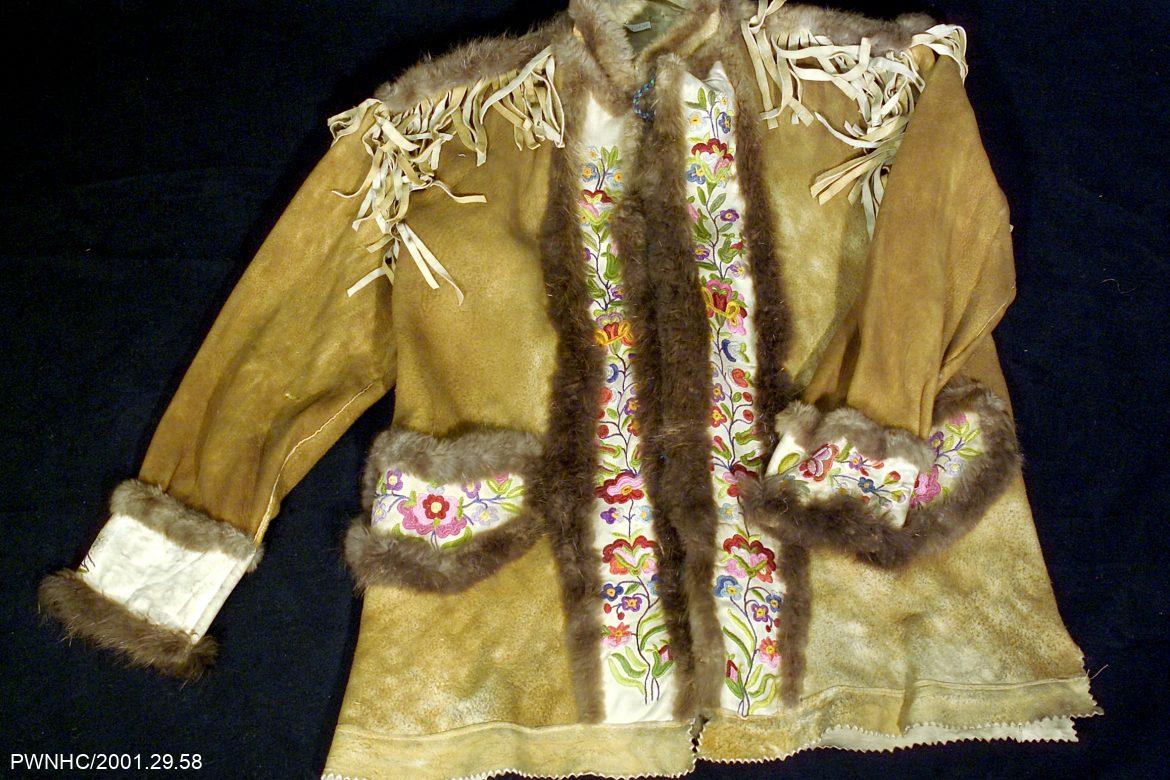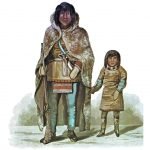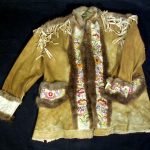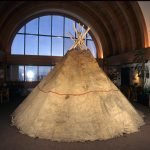1800s
Trading Chiefs
The Dene relied on their leaders to guide them and act as trading chiefs between the Dene and the arriving Euro-Canadian fur traders. The Dene understood what the traders sought and saw the mutual benefits in the early years of the fur trade. The Dene wanted the new things the traders brought in – gunpowder, matches, and tobacco. It was a recognized exchange of furs for goods. George Blondin shares oral history about impressions of the traders arriving in the Sahtu. The local medicine man at the time is remembered noting, “there are strange people traveling down the river in three canoes. There are three white-skinned people with Dene guides. I have checked on their minds to see if they mean to harm our people. But they are peaceful and are just traveling in this land.” The early years of trading required safe relationships between all the people.
In the 1800s, individuals with valuable trapping, trading, and diplomatic skills emerged in leadership roles, slowly altering the traditional leadership system. Men who convinced their people to trap led them to the trading posts and negotiated a fair price for their furs became known as ‘trading chiefs.’ These men, sometimes called ‘trading captains’ or ‘trading leaders,’ received special treatment from the European/southern fur traders. Gifts of trade goods – redistributed among their people ensured that ‘trading chiefs’ became powerful, influential leaders.
Leaders such as K’aawidda, also called Bear Lake Chief (Tłı̨chǫ), Matonabbee (Dëne Sųłıné), Akaitcho (Yellowknives Dene), and Barbue (Gwich’in) were greatly respected by both their people and the fur traders who depended upon them.
The Hudson’s Bay Company relied on Dene intermediaries. As free traders arrived in the Mackenzie and Athabasca river systems establishing small, closer trading posts, Métis also came north with the trade canoes and worked as interpreters and navigators. In the latter part of the 1800s, the tradition of trading chiefs disappeared. The fur trade changed the technology, traditions, languages and people in the Mackenzie and Athabasca River systems.



